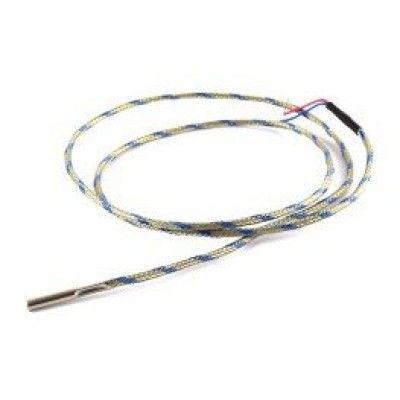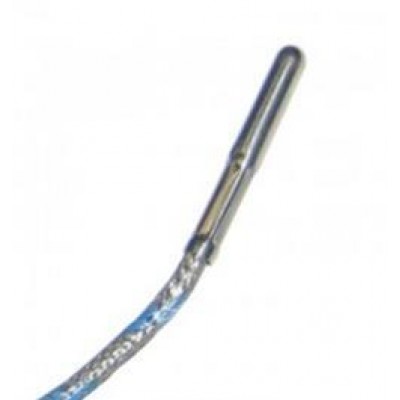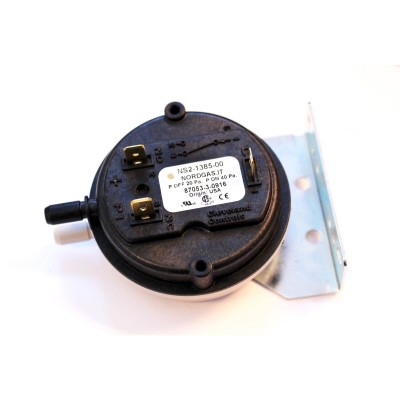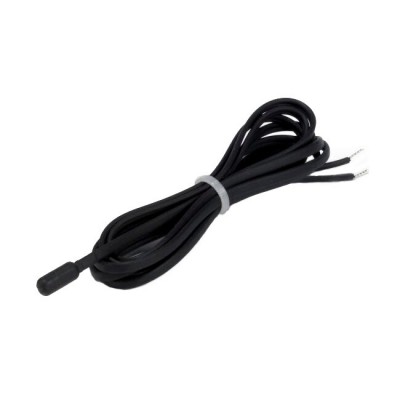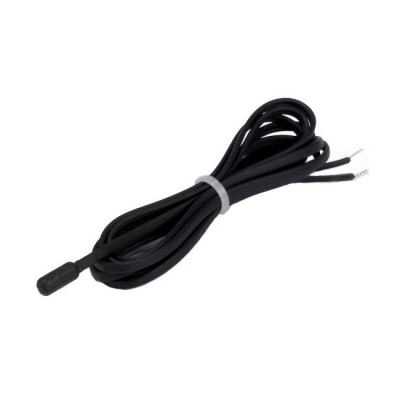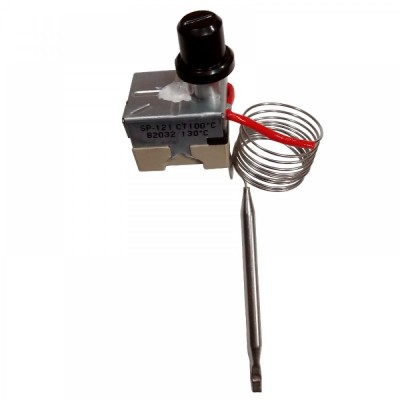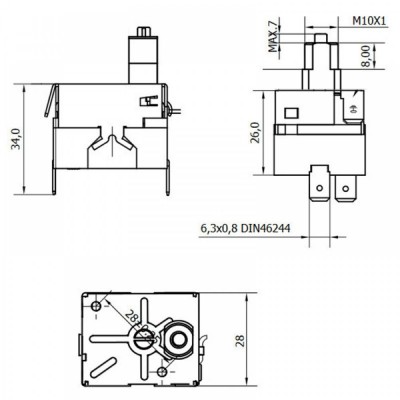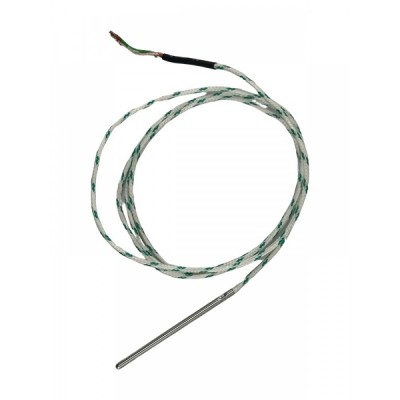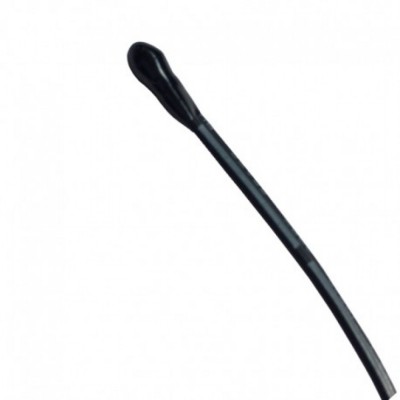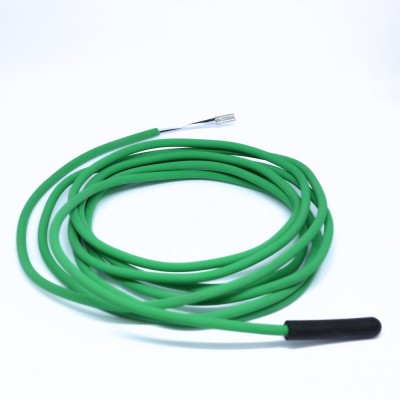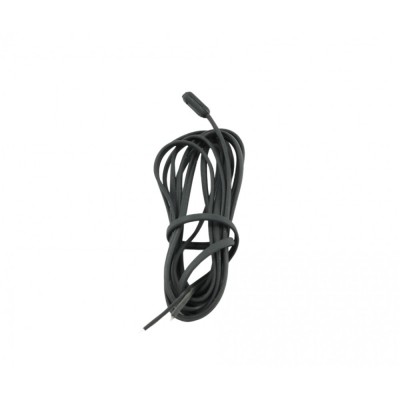Sensors for Pellet Stoves
Model: 0000006629
The K-type sensor is measuring the temperature of the pellet system's exhaust gases.
This type of sensor is mainly used in pellet stoves Eco Spar with Mainboard Fumis Alpha. ..
£16.93
Model: 0000006633
Series NS2™ Air Flow Pressure Sensing Switches are designed with sturdy, contaminant-free construction, to provide low cost, high accuracy and reliability. NS2 switches offer a narrow switching differential and low set point tolerance over a wide operating temperature and set point range. They can b..
£35.56
Model: 0000007797
The sensor is measuring the ambient temperature and allows the pellet stove to be controlled by it...
£16.93
Model: 0000007818
The sensor is measuring the water temperature in the mantle and allows the pellet stove to be controlled by it...
£16.93
Capillary thermostat with manual reset, operates with a remote probe.
The probe has a diameter of 6.5 mm and a length of 80 mm, and the capillary tube is 1.0 m long.
The thermostat can be adjusted from 90°C to 110°C...
£24.98
Exhaust gas temperature sensor for the pellet stove system.
Temperature sensor for smoke made from AISI 316 stainless steel with a VETROTEX fiberglass cable. Type-K thermocouple smoke sensor provides information on the measured smoke temperature for the devices where it is installed.
The Type-..
£16.93
The temperature probe measures the temperature of the room where the appliance is placed.
For pellet stoves:
BURNiT
CADEL models: Adina - Erica - Miki - Luna - Slim - Titania - Wall
CADEL models: Aquos 15 - Aquos 22 - Aquos 22/S - Ibis 11 KW - Ibis 15 KW - Ibis 22 KW - Ib..
£16.93
The temperature probe measures the air temperature in the room where the appliance is placed.
Capsule dimensions: 6x30 mm.
For stoves:
Eco Spar and BURNiT
EdilKamin Blade..
£16.93
The sensor measures the water temperature in the back boiler of the pellet stove and allows it to be controlled accordingly...
£16.93
Showing 1 to 10 of 10 (1 Pages)




Sensors for pellet stoves play a crucial role in maintaining the safety and efficiency of your heating system.
In this category, you will find:
- Mechanical Pressure Switch – Controls the pressure in the heating system. It is essential for preventing excessive pressure that could damage the system.
- Safety Thermostat – Prevents the pellet stove from overheating. This type of thermostat automatically shuts down the system when critical temperatures are reached.
- Capillary Thermostat – A precise and reliable choice for temperature control. It uses a capillary tube to accurately measure temperature changes within the system.
- Water Temperature Sensor – Measures and regulates the temperature of the water in the heating system, ensuring efficient and economical heating.
- Room Temperature Sensor – Monitors the room temperature and helps maintain optimal comfort. It is important for energy efficiency and home comfort.
- Flue Gas Sensor – Monitors emissions from the stove and ensures they remain within safe limits, which is important for environmental protection and the health of the occupants.
Frequently Asked Questions about Sensors for Pellet Stoves
- How does the safety thermostat function?
The safety thermostat shuts down the system when dangerously high temperatures are reached, preventing overheating. - How do I choose the right mechanical pressure switch?
The choice depends on the specifications of your heating system and the manufacturer's recommendations. - How often should the safety thermostat be checked?
It is recommended to check it regularly, at least once a year, or as directed by the manufacturer. - How is a capillary thermostat installed?
The installation should be carried out by a qualified technician following the manufacturer's instructions. - What can cause a water temperature sensor to malfunction?
Malfunctions can occur due to wear and tear, contamination, or improper installation. - What are the signs of a problem with the room temperature sensor?
Incorrect temperature readings or inefficient heating can indicate a problem. - What should I do if the mechanical pressure switch is not working properly?
Contact a professional technician for diagnosis and repair. - How do I maintain sensors for pellet stoves?
Regular inspection and cleaning according to the manufacturer's instructions will ensure long life and efficient operation. - How can I tell if the water temperature sensor is faulty?
Signs of a fault include incorrect temperature readings, excessive overheating, or insufficient heating of the water. - How long does a capillary thermostat last?
The lifespan of a capillary thermostat typically ranges from 5 to 10 years, depending on operating conditions. - Can the room temperature sensor be installed by oneself?
While it is possible, it is recommended that installation be performed by a qualified technician to ensure accuracy and safety. - What are the signs of a malfunctioning flue gas sensor?
Signs include the inability to correctly measure emissions, frequent alarms, or system shutdowns. - What factors can affect the accuracy of the water temperature sensor?
Factors such as scale buildup, contamination, or improper installation can affect the sensor's accuracy. - Can the safety thermostat be repaired?
In most cases, a faulty safety thermostat should be replaced, as repairing it may not ensure reliable operation.


